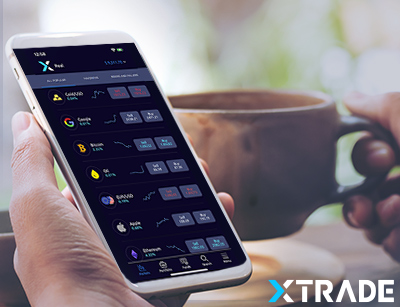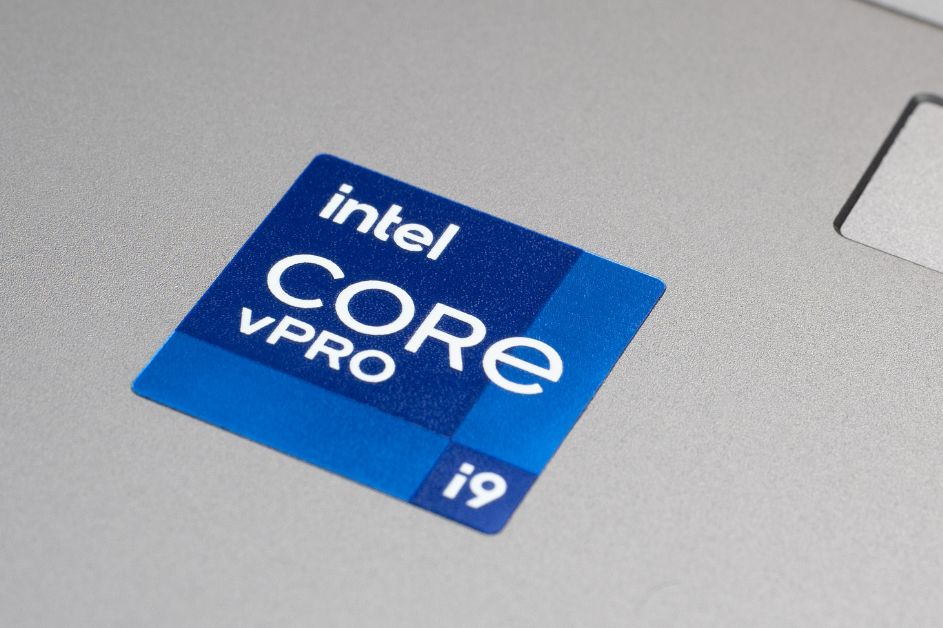Investing in Different Market Sectors and Rotation of Capital
By Content-mgr - on October 20, 2015Investors often need to rotate their investment capital through investing in different market sectors, this offers greater returns and helps avoid risks. What sector rotation really offers investors is the ability to take capital out of market sectors where most stocks have risen excessively and reinvest that capital in lagging stock market sectors. These different market sectors may offer much greater appreciation over time and overall less downside risk, since most stocks have not yet risen substantially along with the rest of the market. Lagging market sectors, especially those that tend to move in different, later phases of the economic cycle, are usually sectors in the commodities or brick and mortar sectors of the stock market, whereas the leading sectors are usually with high tech stocks, and even the high tech side of the market has different sub sectors.
How the Stock Market Rallies
Stocks in the different market sectors tend to differentiate when an economic recovery is under way, real estate and high technology stocks rally first, leaving commodity and brick & mortar stocks behind, but as the rally continues and the economic recovery spreads out, high tech stocks have less upside margin, whereas the lagging sectors have much more margin to rally and actually do so in the end. Commodity stocks are more complicated themselves, they too can lead or lag one another, and there are many cases where a single commodity, such as sugar or corn, may have been left behind relative to the rest of the commodities. Sooner or later the laggard commodity will catch up with the rest of the commodity index and relevant stocks will follow suit.
How Technology Can Put One Sector Ahead of Another
Technology itself can change so much the stock market, so that one high tech group of companies can lead an entire economic cycle, and many other companies get left behind as their nature puts them in a less important place for the entire economy and ultimately for investors. But equally the high tech industry faces competition from within, and a single company (such as a semiconductor or software developer) can lead the entire high tech industry and may end up splitting the sector into leading and lagging companies as well. Generally it is the largest companies that take longer to make decisions and amendment to their strategic planning, and the smaller companies are the ones that can change very rapidly. When a radical new product is launched, the smaller companies that can adapt fast, will lead right away, and their stocks will rise, whereas larger better financed companies will see their stocks rising much later on, maybe to higher highs and to new exciting levels, but it will happen much later. So investors look for large companies that are too big to make fast changes, but still want to go ahead and adapt to the new market place.
 First Deposit Bonus
First Deposit BonusFirst Deposit Bonus | Phone Verification | First Trade on us | Account Verification














